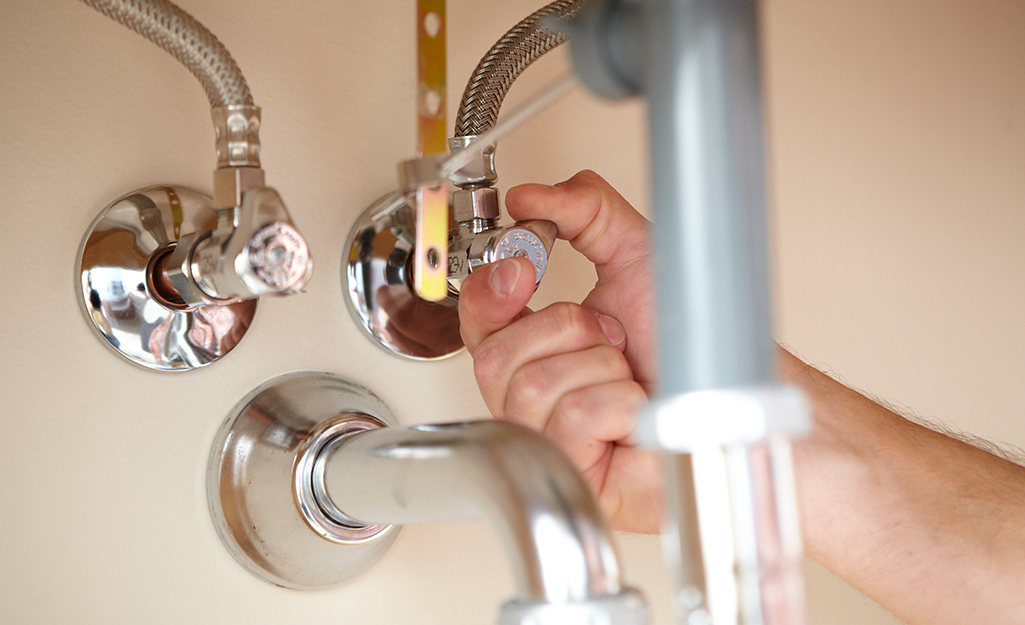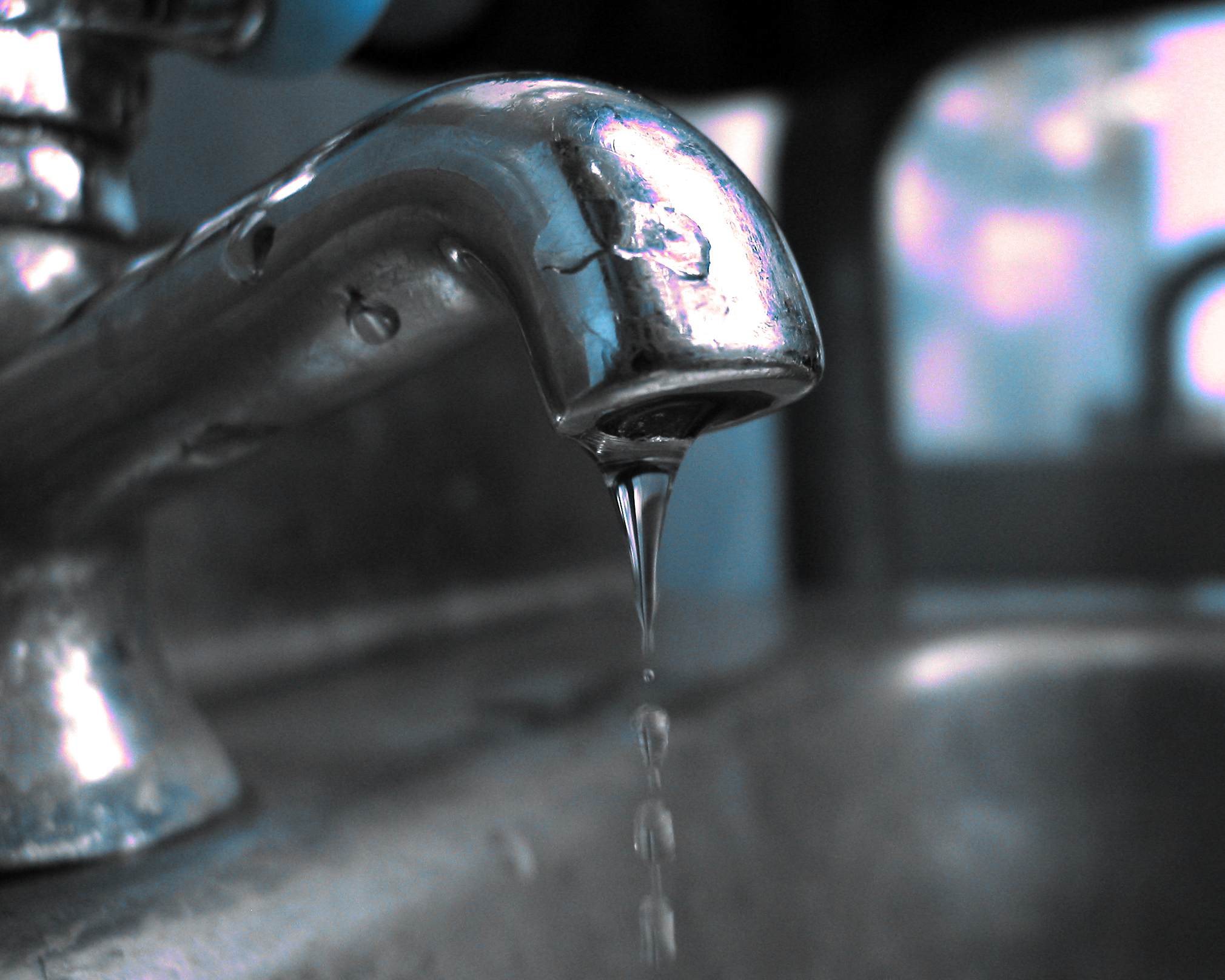My Advantages of Correcting a Faulty Faucet
My Advantages of Correcting a Faulty Faucet
Blog Article
We've encountered the article relating to 4 Common Reasons for a Leaky Faucet down the page on the net and accepted it made perfect sense to share it with you on this site.

Dripping faucets could seem like a minor aggravation, but their effect exceeds simply the annoyance of the audio. From drainage to sustaining unneeded economic prices and health dangers, neglecting a trickling tap can bring about numerous consequences. In this write-up, we'll delve into why it's vital to address this usual home issue quickly and successfully.
Wastefulness of Water
Environmental Impact
Trickling taps add substantially to water waste. According to the Environmental Protection Agency (EPA), a solitary faucet trickling at one drip per second can lose greater than 3,000 gallons of water annually. This not only strains water resources but likewise impacts ecological communities and wildlife dependent on them.
Step-by-Step Overview to Fixing a Dripping Faucet
Tools Needed
Prior to trying to fix a leaking tap, gather the necessary tools, including an adjustable wrench, screwdrivers, replacement components (such as washing machines or cartridges), and plumber's tape.
Typical Faucet Issues and Their Solutions
Recognize the kind of tap and the specific issue causing the drip. Usual problems consist of worn-out washers, rusty shutoff seats, or faulty O-rings. Describe maker instructions or on-line tutorials for step-by-step support on repair work.
Financial Costs
Raised Water Expenses
Beyond the ecological influence, trickling taps can blow up water expenses considerably. The gathered wastefulness over time equates right into higher utility costs, which can have been prevented with timely repair work.
Prospective Residential Or Commercial Property Damage
Furthermore, extended trickling can lead to harm to fixtures and surface areas surrounding the tap. Water build-up can cause staining, deterioration, and also structural issues if left ignored, leading to added repair service costs.
Health and wellness Worries
Mold and Mildew Growth
The consistent existence of wetness from a leaking tap produces a perfect atmosphere for mold and mildew and mold development. These fungi not only compromise interior air top quality yet likewise present wellness threats, especially for people with respiratory system conditions or allergic reactions.
Waterborne Illness
Stationary water in trickling faucets can become a breeding ground for microorganisms and other microorganisms, increasing the threat of waterborne illness. Impurities such as Legionella germs flourish in stagnant water, possibly bring about severe health problems when ingested or breathed in.
Do it yourself vs. Professional Repair
Pros and Cons of Do It Yourself Repair Work
While some might attempt to fix a leaking faucet themselves, do it yourself repairs include their own set of obstacles. Without appropriate expertise and tools, DIY efforts can exacerbate the problem or bring about incomplete repair services, prolonging the problem.
Benefits of Working With a Professional Plumber
Employing a specialist plumber ensures that the underlying reason for the leaking tap is resolved effectively. Plumbings possess the know-how and tools to detect and fix tap problems effectively, saving time and lessening the danger of further damage.
Ecological Duty
Private Contribution to Conservation
Taking duty for dealing with leaking faucets aligns with more comprehensive initiatives towards water conservation and environmental sustainability. Every person's activities jointly make a substantial effect on preserving priceless resources.
Lasting Living Practices
By prioritizing prompt repair services and adopting water-saving routines, individuals add to sustainable living techniques that benefit both present and future generations.
Safety nets
Normal Maintenance Tips
To avoid leaking faucets, carry out regular upkeep such as cleaning up aerators, inspecting for leakages, and changing damaged parts quickly. In addition, consider installing water-saving devices or upgrading to much more efficient fixtures.
Importance of Prompt Services
Resolving leaking faucets as quickly as they're observed prevents more water wastefulness and potential damage, ultimately conserving both water and cash in the long run.
Impact on Residential Property Worth
Assumption of Well-Maintained Residential Property
Keeping a property in good condition, consisting of attending to upkeep problems like leaking taps, improves its perceived worth and desirability among potential purchasers or occupants.
Influence on Resale Worth
Features with well-kept plumbing components, including faucets, command greater resale values in the realty market. Resolving dripping faucets can add to a favorable impression during building evaluations and settlements.
Final thought
Resolving a dripping faucet goes beyond simple comfort; it's a crucial action towards preserving water, lowering economic prices, and safeguarding wellness and property. Whether through do it yourself fixings or specialist help, acting to repair dripping taps is a little yet impactful way to advertise liable stewardship of resources and contribute to a healthier, a lot more sustainable future.
How to Fix a Leaky Faucet: Step-by-Step Repair Guide
A leaky faucet may seem like a simple annoyance, but if it's not fixed promptly, that leak could cost hundreds to potentially thousands. From water damage to mold, mildew, and high water bills, even a tiny leak can be catastrophic if left unattended. Damage like this can even affect the overall value of your home, so it's important to take the right approach for leaky faucet repair. You may need the help of a plumber in some cases, but we've got a few tips you can try on how to fix a leaky faucet before calling the pros.
Four Faucet Types
When you're learning how to fix a leaky faucet, the first step is knowing what kind of faucet you're working with! There are four common types.
Cartridge Faucets
Cartridge faucets come in one- or two-handled varieties. In one-handled cartridge faucets, hot and cold water combines in a single cartridge. In the two-handled versions, hot and cold water are controlled separately and mixed in the faucet.
Ball Faucets
Ball faucets have a single lever you push up and down to adjust the pressure and rotate to change the temperature. A slotted metal ball controls the amount of water allowed into the spout.
Compression Washer Faucets
They're the oldest type of faucet, but they're still used in many homes — especially older ones. Compression faucets have two separate handles that, when turned, raise or lower the washer that seals a water valve. This valve stops water from flowing through the faucet when it is turned off.
Disc Faucets
Disc faucets rarely need to be repaired due to their maintenance-free design. The water flow is controlled by two discs — the upper one raises and lowers against a fixed lower disc, creating a watertight seal. If your disc faucet starts leaking, you may need to replace the seals or clean residue buildup from the inlets.
Fixing a Leaky Faucet
Step 1: Turn Off the Water
Whether you're learning how to fix a leaky bathtub faucet or how to fix a leaky kitchen faucet, always turn off the water supply to your working area when you're fixing a leak. The last thing you want is a flood added to your list of things to fix.
Look for the shutoff valves below your sink or around the tub and turn them clockwise to stop the water flow. If your faucet doesn't have shutoff valves, you may need to turn off the water for the whole house. Check to make sure it's off by turning the faucet on. If nothing comes out, you're ready to start the repair.
Step 2: Take Apart the Faucet
How you disassemble your faucet depends on the type of fixture you have. You can use a flathead screwdriver to remove the caps on top of the handle or handles for cartridge and compression faucets. Inside, you should see handle screws. Unscrew these with a screwdriver to remove the handle.
Disc- and ball-style faucets will typically have an inlet screw near the handle, and removing that will reveal the interior of the faucet.
Detach the Valve Stem
For cartridge- and compression-style faucets, you'll see the inner valve stem or cartridge once you remove the faucet handles. If you have a compression faucet, unscrew the brass valve stem. If you have a cartridge faucet, pull out the cartridge. If your cartridge has been in place for a while, it may require some tools or extra force to remove it due to mineral deposits.
Examine and Replace Parts
Once you've removed the parts, check them out to confirm what needs to be replaced. You may see corroded rubber washers, O-rings, stems, or cartridges. On a ball-style faucet, check the seats and springs for damage.
If you need to repair a leaky disc faucet, check the inlet and seals on the lower disc.
Once you determine what parts must be replaced, visit your local hardware store. Bring the damaged parts with you to ensure you can purchase the correct components to replace them.
Clean Valves and Faucet Cavity
If you've removed a stem or cartridge, you may notice mineral buildup in the faucet's threads. Use white vinegar to clean the valve seat by soaking it for a few minutes, then scrub it away with a soft toothbrush and rinse with warm water. You can also clean the interior of the faucet in the same way.
Reassemble the Faucet
Once your faucet is cleaned and the required parts have been replaced, it's time to reassemble it. Put the pieces back together and slowly turn the water supply back on. Doing this slowly is crucial because too much initial water pressure can damage the new hardware you've just installed.
https://homewarranty.firstam.com/blog/how-to-fix-leaky-faucet

I'm certainly very fascinated with Should I Repair or Replace a Leaky Faucet? and I am hoping you liked the entire post. Do you know somebody else who is in to the subject? Why not share it. Thank you for being here. Don't hesitate to pay a visit to our website back soon.
Report this page